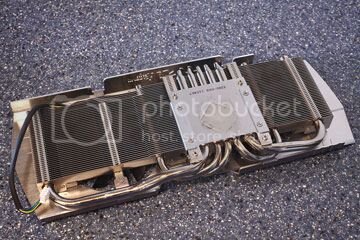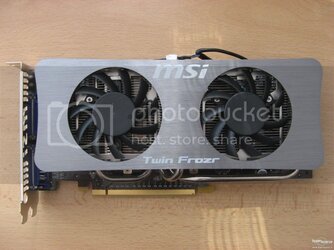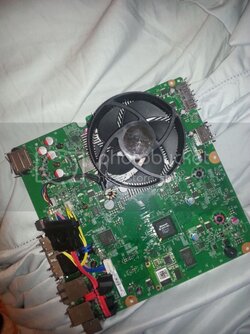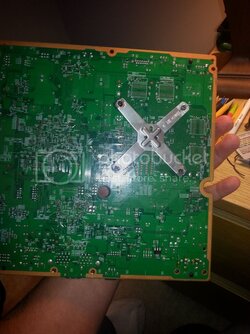Hey, this is my first post here. im sure this isn't usually the type of thing you see here, but i figured "who knows more about cooling than overclocking fanatics?".
does anyone know where i could buy some heatpipes as a standalone thing? i am building a 360 laptop and need to shave down the stock heatsink to use as a base and drill through the block to attach heatpipes to connect to a different heatsink that doesn't fit properly. or could anyone suggest a different way to connect this heatsink (twin frozr from a 250gts)


to this motherboard


thanks guys
does anyone know where i could buy some heatpipes as a standalone thing? i am building a 360 laptop and need to shave down the stock heatsink to use as a base and drill through the block to attach heatpipes to connect to a different heatsink that doesn't fit properly. or could anyone suggest a different way to connect this heatsink (twin frozr from a 250gts)


to this motherboard


thanks guys
